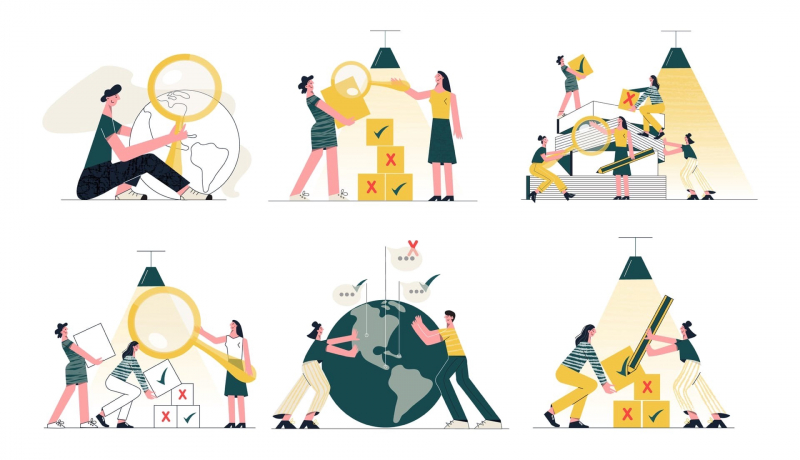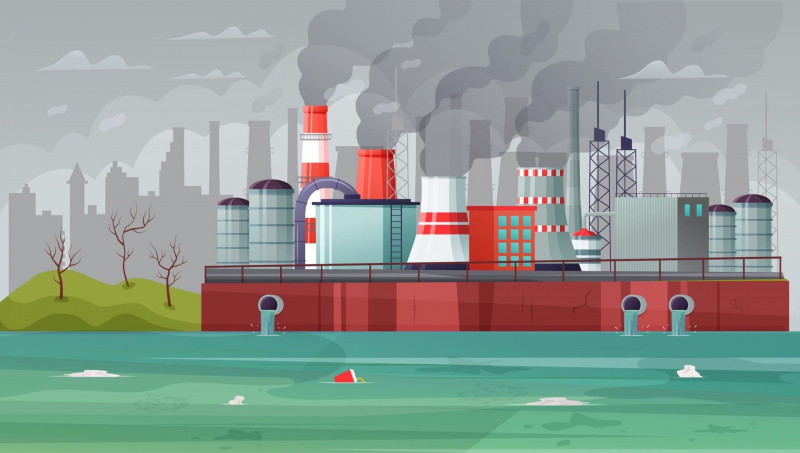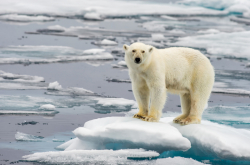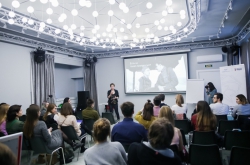Climate change deniers are those who don’t believe in global warming and the threat it poses, as well as the role human activities play in the matter. Among their numbers are not only regular social media users, but also public figures public figures with millions of followers. For instance, the former US President Donald Trump is one of the most well-known climate change deniers.
The popular Russian TV host Dmitry Kiselyov, who hosts a show called Vesti Nedeli (Weekly News; rated among the top 5 TV shows in Russia) on the Russia-1 channel, recently took to the screen with a claim that the problem of global warming is exaggerated, renewable energy projects aren’t viable, and there are no major conferences on climate change.
In the week following this broadcast, the Russian Academy of Sciences (RAS) hosted a round-table discussion called An Objective View on Global Climate Challenges by Russian Scientists with the Rossiya Segodnya news agency. Other scientists also reacted to the broadcast – for instance, Alexander Chernokulsky, a climatologist and senior researcher at the A.M. Obukhov Institute of Atmospheric Physics of the RAS, compared two graphs: one presented on TV and one by the Intergovernmental Panel on Climate Change.
However, that’s not the only way to tackle the arguments of climate change deniers, and more strategies were discussed at a climate game organized by ITMO’s Center for Science Communication.
Daria Denisova, the head of the center, and Marina Radchenko, the Science Communication program’s coordinator, met with first- and second-year Master’s students of the program to discuss how to approach comments on climate change. Students were divided into three teams, taking on the roles of environmental journalists, climatologists, and PR specialists of the A.M. Obukhov Institute of Atmospheric Physics of the RAS. Then, each team had to come up with a plan: choose the format of their response (a press release or comment on social media, an event, or another option), select the speakers, analyze the newspiece they’d be responding to, and deliver their solution. After the teams had presented their suggestions, Alexander Chernokulsky commented on each one and highlighted several key points to keep in mind:

Credit: depositphotos.com
One topic per article
When engaging in arguments with climate change deniers, don’t shift the focus to economic, social, or political matters. For instance, one team suggested mentioning eco-anxiety, one of the ways people react to climate change. Alexander Chernokulsky noted that people’s reactions don’t change the climate, but mentioning them will dilute the core message, when actually the science communicator’s main task is to disprove the skeptics’ arguments and demonstrate actual scientific facts.
Check the facts
First and foremost, check your opponent’s arguments and pinpoint the ideas you are planning to refute. For instance, one of the instances of misrepresentation of data in the abovementioned broadcast was adjusting the scale of the climate changes over the past 55 millions of years to make the temperature rise look insignificant. In truth, even an increase of several degrees Celsius causes significant changes. Moreover, the news anchor claimed that wind turbines bring more harm than benefit because they are buried underground after they can no longer be used. However, according to the American Wind Energy Association (AWEA) this is the safest disposal method as opposed to those applied for other energy sources.

Credit: depositphotos.com
Who’s the expert?
Check if the sources mentioned by your opponent are renowned experts on climate and whether they have a personal interest in the matter. Richard Lindzen, an American climatologist known for his contrarian views on climate change was funded by a coal mining company. Other scientists who were also implicated in the case either didn’t have any publications in reputable journals or actually worked in a related area, but not climatology per se.
Find more speakers
When you are working on your response, don’t appeal to just one expert. Every researcher specializes in their own narrow field and might make a mistake when asked about studies done in a related one. It’s always best to collect several comments and paint the whole picture.
They who must not be named
It’s still an open question whether or not you should mention the skeptic by name in your response – as by doing this, you will give more publicity to their falsifications. Alexander Chernokulsky believes that you shouldn’t always mention the skeptic’s name if you don’t want to be associated with them and promote myths on climate change. However, you can use the case as a hook for your own article and engage in a constructive dialogue this way.

Credit: depositphotos.com
Which format to choose
After you’ve collected the comments, it’s time to choose the format for your response. It depends on your target audience: for instance, younger people are more likely to spread the message in a video format on TikTok or other social media, while older audiences tend to rely more on traditional media, such as newspapers, TV, and radio.
When the PR center of the RAS wants to deliver its message to a wider audience, it prefers to do it not in a press release, but rather by reaching out to scientific reporters and producers of popsci shows and suggesting to collaborate on the topic.
Alexander Chernokulsky also talked about the future of climate change and how we can adapt to it in a lecture held on New Holland island. You can watch the whole lecture here (in Russian). And if you want to learn more about science communication on climate change and how to engage in it, you can address this guide (in Russian).









